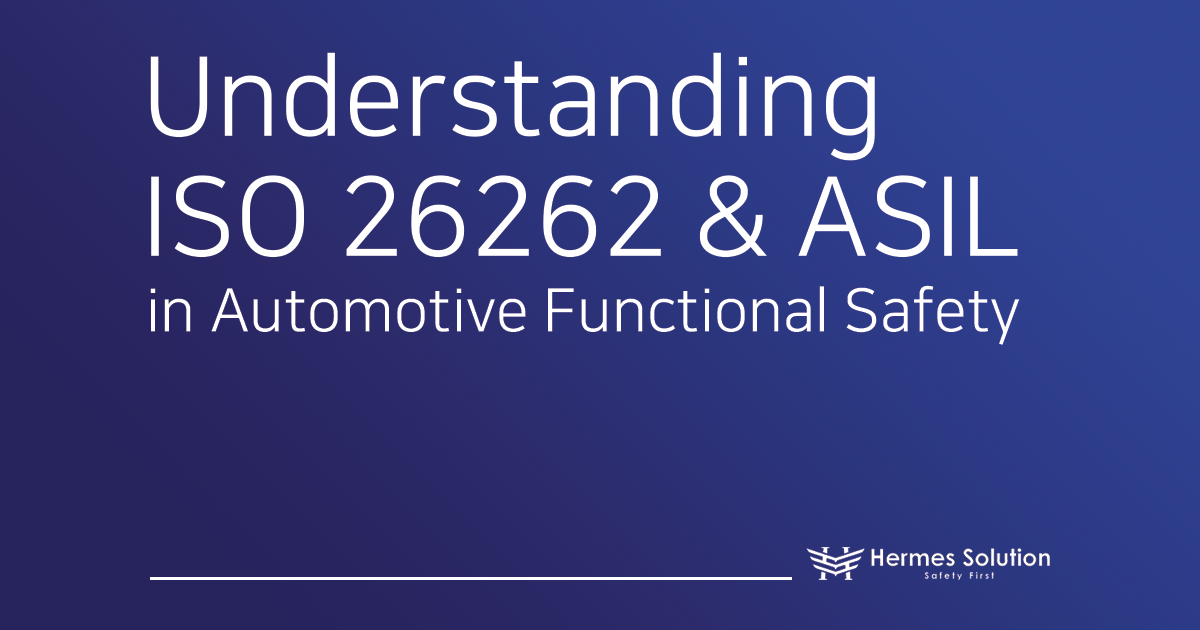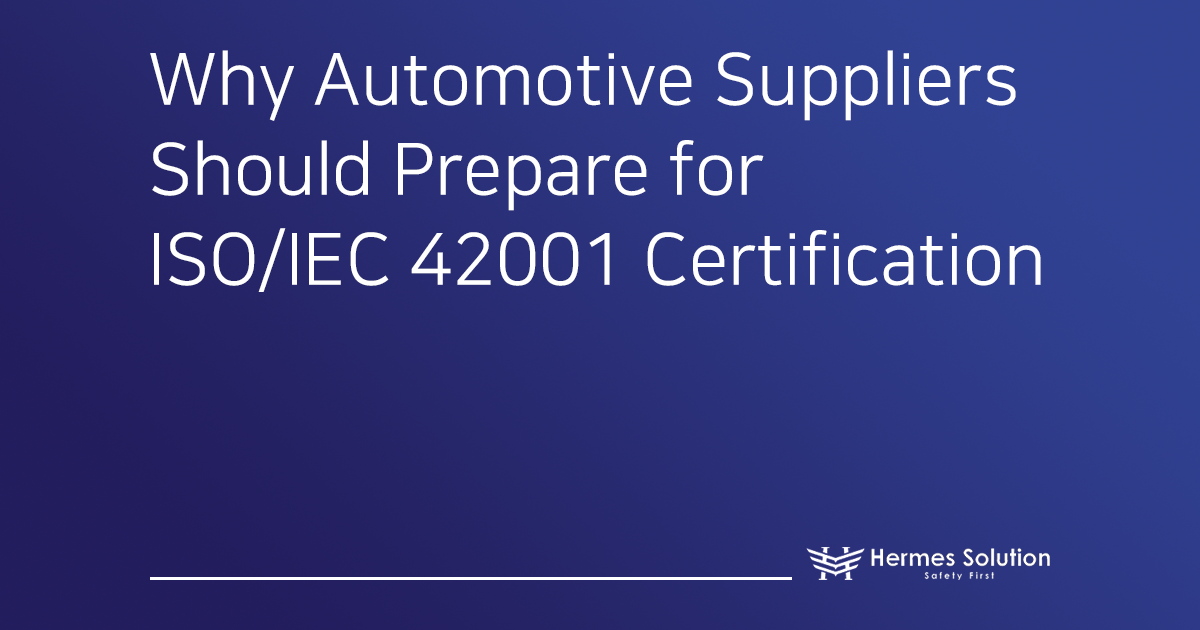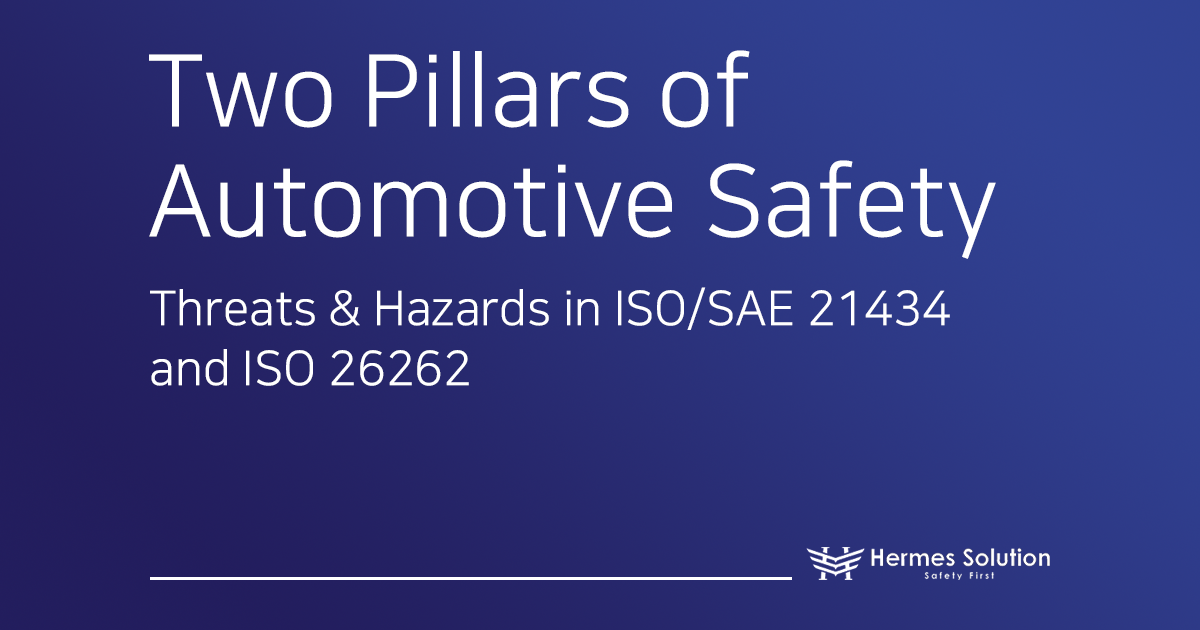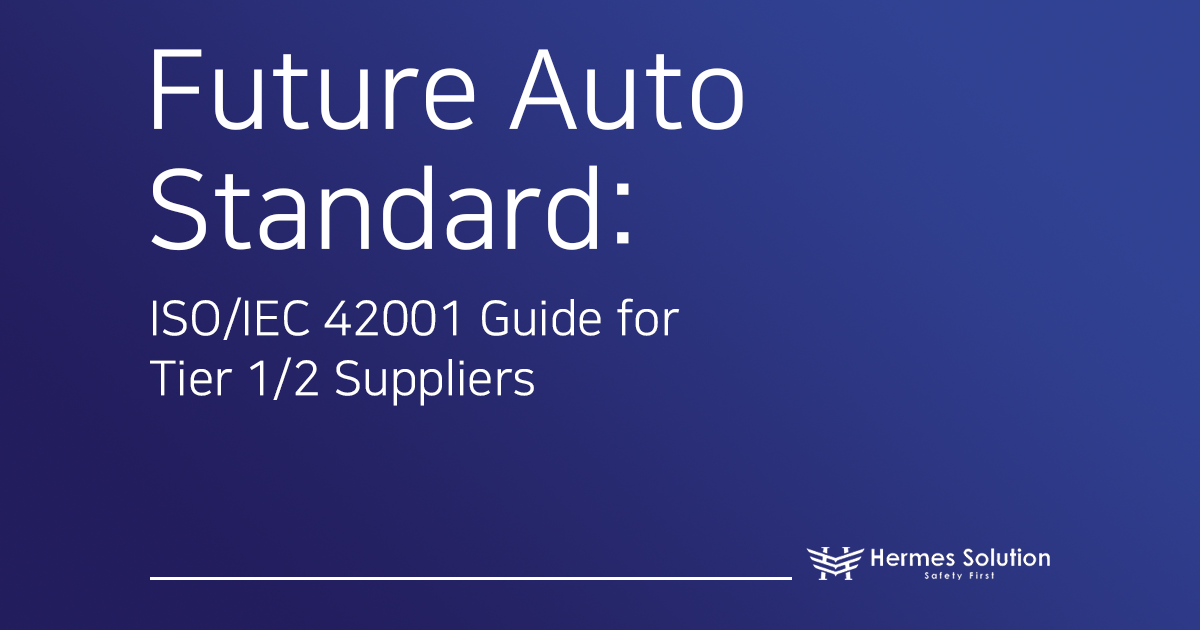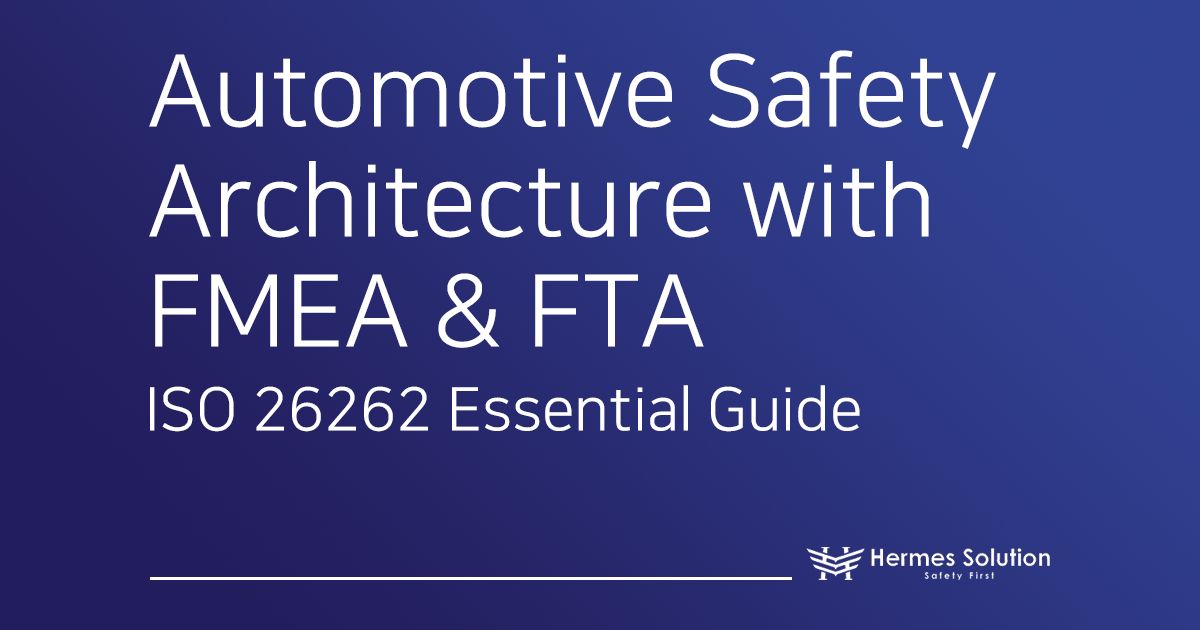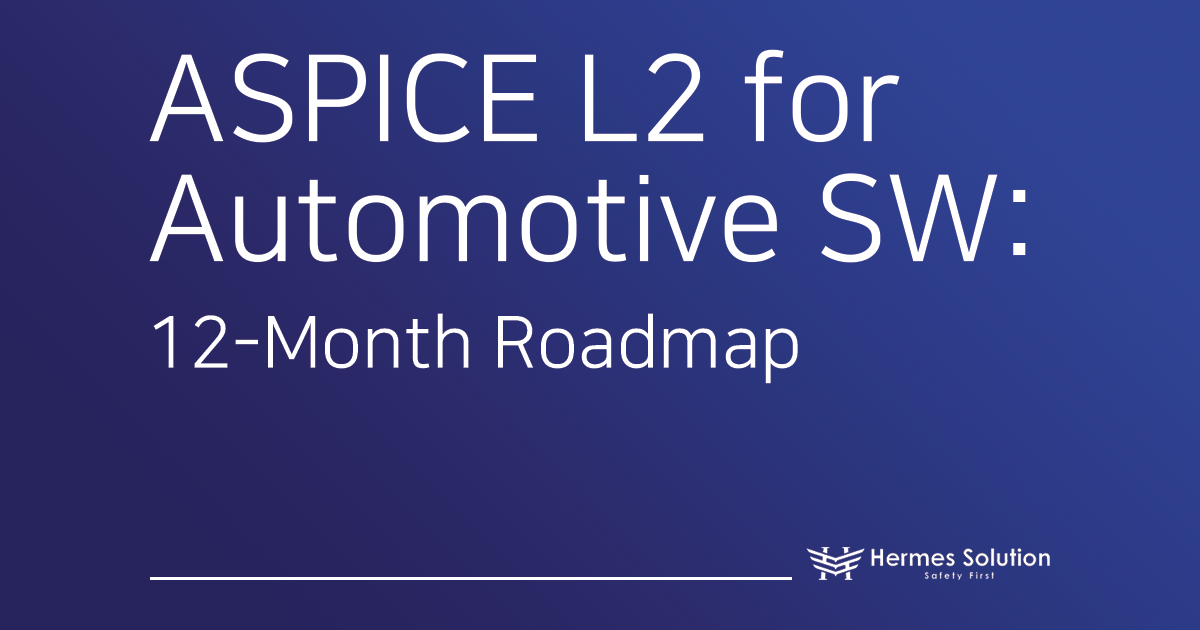ISO 26262 is an international standard that supports the functional safety of electrical and electronic systems in the automotive industry. Initially published in 2011, this standard plays a crucial role in evaluating and ensuring the safety of functions related to the increasingly complex electrical and electronic systems within vehicles, as the automotive industry rapidly evolves.
ISO 26262 is composed of multiple parts, providing guidelines for managing safety throughout the entire product lifecycle. This includes the concept, system development, hardware development, and software development phases, as well as the stages of production, operation, maintenance, and decommissioning. Through a process of hazard analysis and risk assessment, ISO 26262 identifies potential risks within the system and defines safety goals and requirements to mitigate those risks.

One of the key concepts within ISO 26262 is the Automotive Safety Integrity Level (ASIL). ASIL is a classification system used to assess the impact of specific hazards on the system, divided into four levels from A to D. ASIL A represents the lowest risk level, while ASIL D represents the highest. The ASIL level is determined through risk analysis, considering the severity, exposure, and controllability of potential hazards. For instance, electronic brake and steering systems could be assigned an ASIL D rating due to the severe consequences that a failure in these systems could have, potentially threatening the life of the driver. As a result, these systems require a higher level of safety.
ISO 26262 defines safety requirements based on these ASIL levels and aims to implement appropriate measures within the development process to meet them. For example, achieving an ASIL D rating requires thorough verification and testing procedures, as well as the implementation of various safety mechanisms within the system. Conversely, systems rated at ASIL A may require relatively lower levels of verification.
The ISO 26262 standard provides essential guidelines not only for automakers (OEMs) but also for component suppliers, software developers, and all other stakeholders within the automotive industry. By adhering to ISO 26262, automotive manufacturers can enhance product safety, gain consumer trust, and meet legal requirements.
Given the complexity of ISO 26262 and ASIL, specialized knowledge is required for accurate understanding and application. Proper application of this standard can significantly improve the safety of automotive systems, ultimately contributing to the reduction of road accidents and the protection of drivers and road users. Thorough understanding of ASIL’s importance and strict adherence to ISO 26262 are essential in today’s automotive industry.
